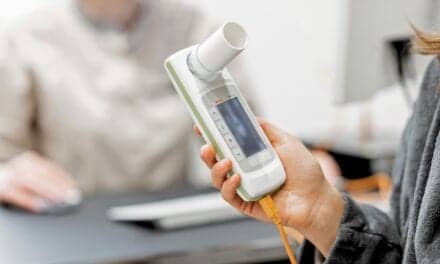Occupational asthma is defined by the American Academy of Allergy, Asthma & Immunology as reversible airflow obstruction caused by inhaling allergens, chemical, fumes, gases, dusts, or other potentially harmful substances while on the job. It is surprisingly prevalent, with about 15% of adult cases caused by the work place; and it accounts for 24.5 million missed workdays for adults annually.
It is difficult to diagnose, because its symptoms are identical to those of nonoccupational asthma. Savvy physicians can avoid missing the proper diagnosis by considering several questions: Are asthma symptoms worse during the workweek compared to the weekend? Did asthma symptoms begin after the patient started a new job or work practice? Is the patient exposed to products or chemicals known to cause asthma?
Asthma risk varies by industry, but some individuals are at greater risk than others:
- Health care professionals
- Employees who wear powdered natural latex gloves
- Workers manufacturing plastics, rubbers, or foam products
- Bakers and pastry makers
- Cosmetologists and hairdressers
- Housekeepers and janitors
- Workers handling two-part adhesives or paints
- Textile and carpet workers
- Animal handlers, veterinarians, and scientists working with laboratory animals
Reducing exposure to occupation asthma triggers, receiving appropriate diagnosis and treatment, and help with establishing avoidance measures will relieve symptoms. Patients should see an asthma/allergy specialist to determine whether they should be tested for the presence of asthma and to determine whether their asthma may be exacerbated by workplace conditions.
For more information on occupational asthma, visit the AAAAI Web site.










